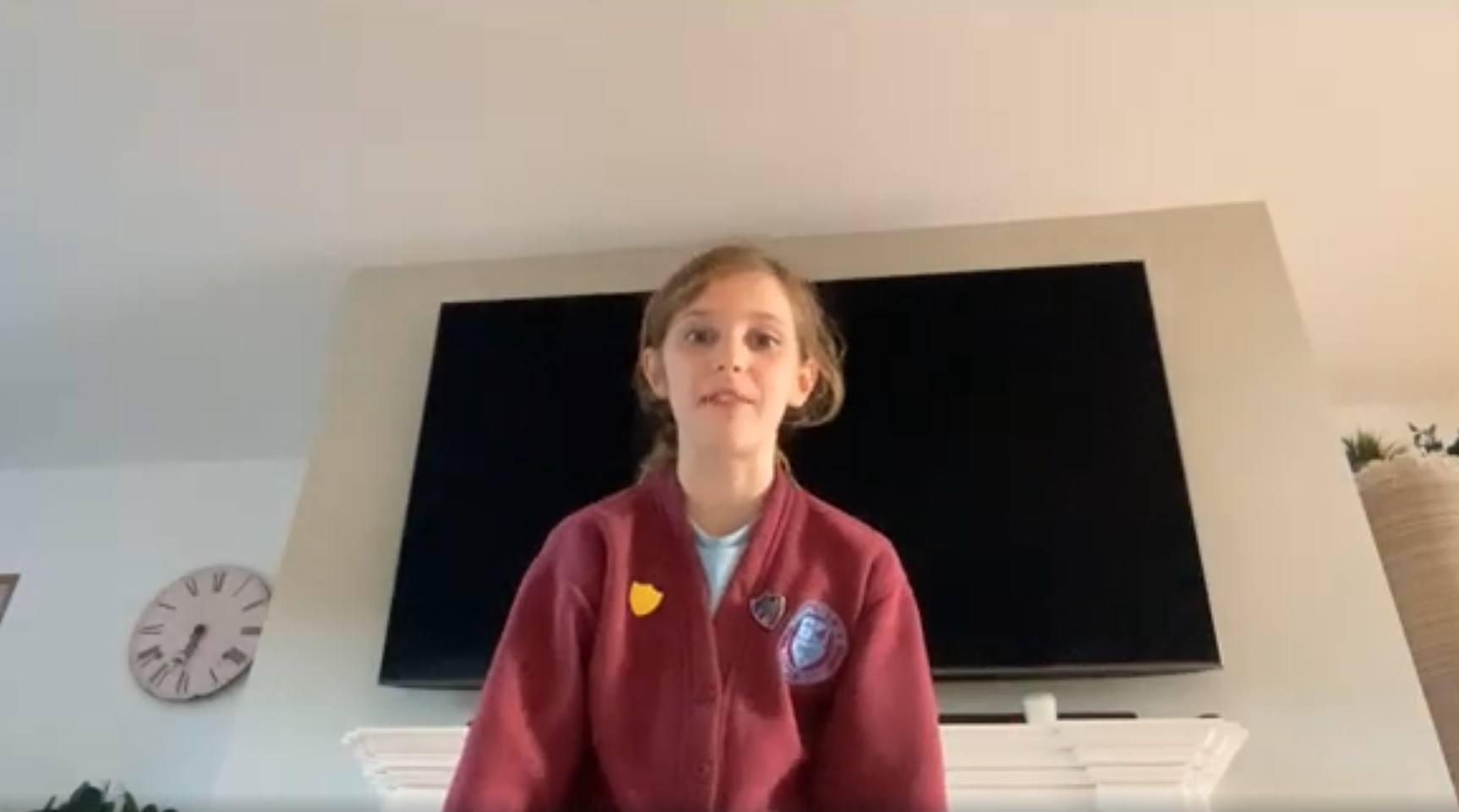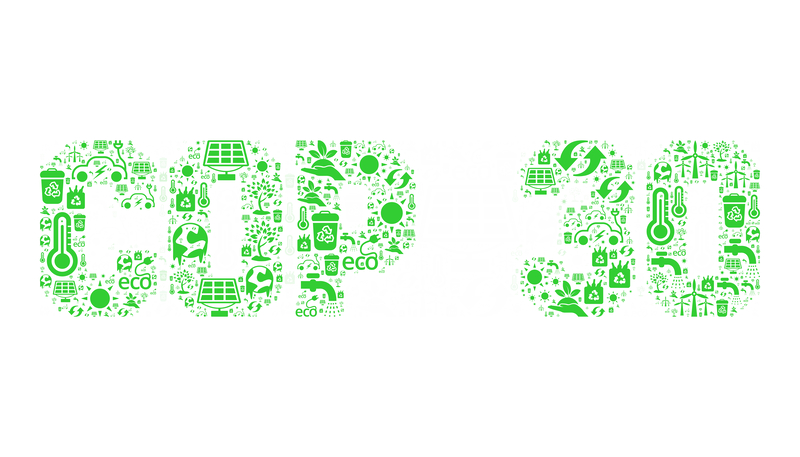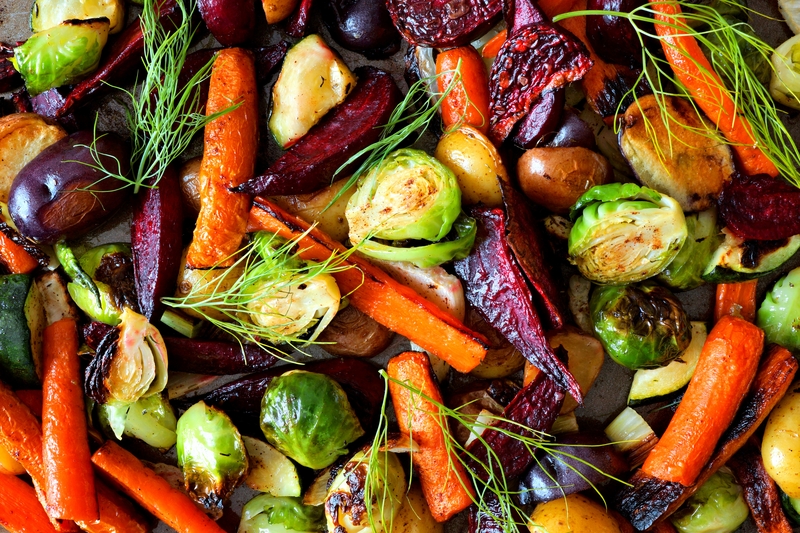

With the chlorine from CFCs destroying the ozone, more ultraviolet light is able to reach the Earth's surface, with harmful effect to human and plant life. The harmful radiation is known as UV-B.
UV-B radiation can cause skin cancer, cataracts and increased infections through the skin. It is estimated that a 10% loss of ozone above Britain could cause an extra 8,000 cases of skin cancer every year. Australia has the highest rate of skin cancer in the world.
UV-B radiation has an adverse effect on plants and is in particular a threat to phyto-plankton, the single cell plants that all marine life depends on, as they are highly sensitive to UV-B radiation. This could upset the ocean food chain on which many marine creatures rely on such as shrimps, crabs, penguins, seals and whales and which we depend on for fish. Plankton is a good air filter absorbing millions of tons of carbon each year, about half of what the world produces and also produces much of our oxygen!
Our Supporters



.png)




















.png)

















































_(1).original.avif)


